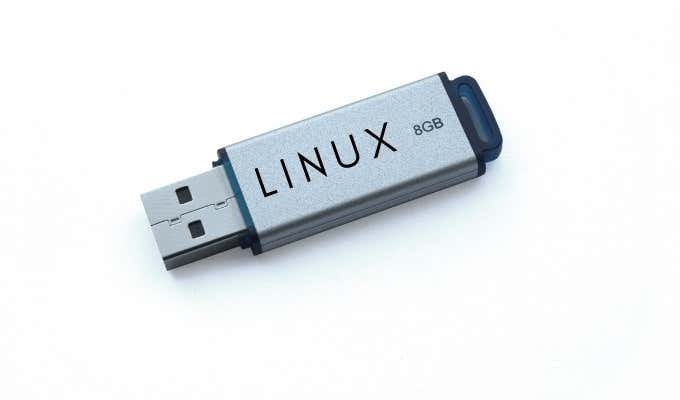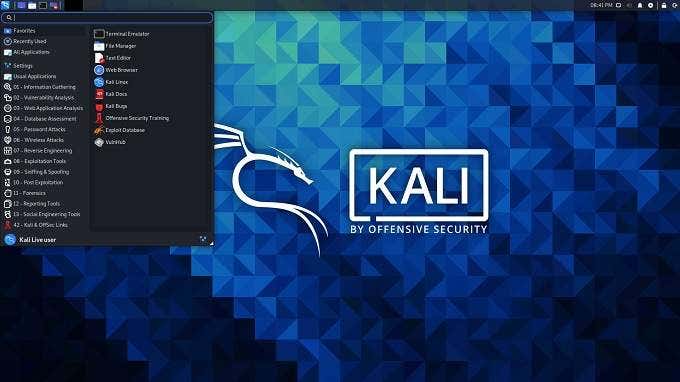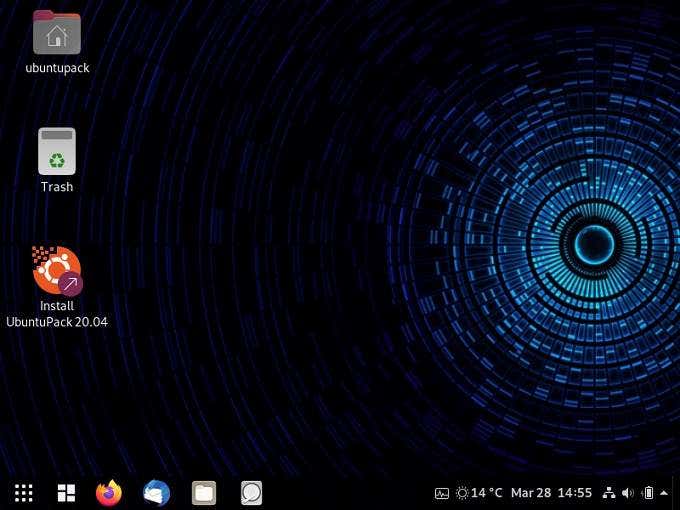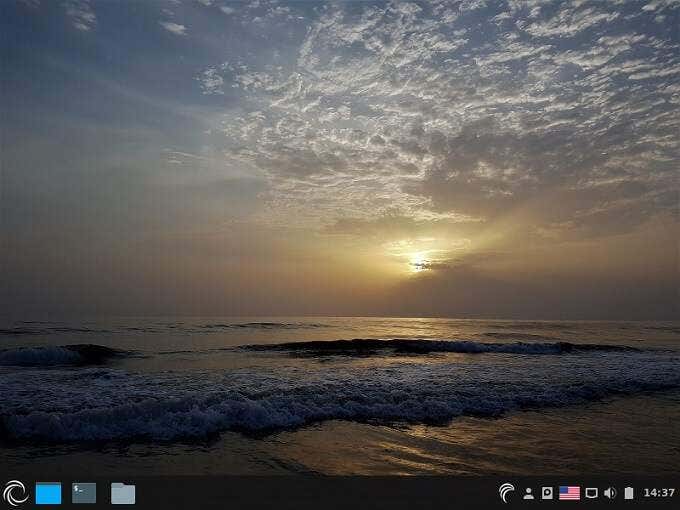Linux is also popular as a portable operating system, bootable from a USB drive to turn any computer you encounter into your own temporary Linux workstation. However, some distros are better suited to the portable life than others. So we’ve rounded up a list of the best portable Linux distributions as of this year.
Why Have Portable Linux on a USB Stick?
If this is the first time you’ve encountered the idea of running Linux off a USB drive rather than installing it on an internal hard drive, you may wonder why anyone would want to do it in the first place. There are actually plenty of great uses for portable, bootable versions of a Linux distro. Here are just a few common ones:
To troubleshoot a computer issue such as a virus or corrupted hard drive.To use for cybersecurity purposes such as penetration testing.To have a private computing environment that will leave no trace once you’re done.
Sounds great, right? The question is what makes a particular distro of Linux better for portable use? Let’s review the main features we’re looking for.
What to Look for in a Portable Linux Distribution
While nothing is stopping you from putting the full-fat version of mainstream desktop Linux distros on a USB drive, in many cases that defeats the point. Sure, USB drives are capacious, durable and fast these days, but they still aren’t equal to an internal SSD. You may also need to use some rather humble computers every now and then, depending on what you need the USB Linux stick for. Which means you need to think carefully about the size and system requirements a given distro would need. When picking the best portable Linux distributions for this list, we looked for the following features:
Small installation sizes.Modular software installation choices.Low system requirements.
While not every distro on the list has all three attributes, they all have some aspect to them that’s attractive from a portable point of view.
Puppy Linux
Puppy Linux has always prided itself on being a small, lightweight Linux distribution that will practically run on a potato as long as that potato was code-compatible with it. It was a favorite during the peak of the Netbook craze, where users would remove the limited operating systems their Netbooks shipped with and then replace it with the more flexible Puppy Linux. In fact, it was perfect in an era where you had SSDs in the single digits when it came to capacity. Puppy Linux isn’t actually a single distribution. It’s actually a sort of template applied to multiple distros, so you can choose which one you prefer at the core of the experience. It’s perfect if you need a portable version of Linux that can do essentially everything more sluggish versions can, but is guaranteed to work on any system you encounter — no matter how low the specifications.
Kali Linux
Kali Linux is not for everyone. This is a Linux distribution designed specifically for cybersecurity purposes. If it’s such a niche Linux distro, why does it seem so popular? The answer lies at least in part with Kali being featured in the TV show Mr. Robot, which was quite possibly the most accurate depiction of hacking yet seen on TV or film. This has given the distro a “cool” public reputation, but most users aren’t going to find it very useful. Nonetheless, it’s definitely one of the best portable distros because if you are looking for powerful cybersecurity tools to quickly perform penetration testing or otherwise turn any random computer around you into a hacking Swiss army knife.
Slax
Slax is a relatively new Linux distro that’s designed specifically as a portable Linux distribution, which is different from the traditional practice of taking desktop Linux distros and then simply installing them on a bootable flash drive. The main philosophy behind Slax is modularity. You can quickly customize it with only the software and components you need. It’s also very flexible, supporting both persistent changes and the ability to boot into a clean, impermanent live version of the operating system as you need it. The main drawback is perhaps how ultra-minimal and basic the core offering is. If you’re looking for the full desktop Linux experience on a portable storage medium, perhaps look elsewhere. If, on the other hand, you need something lean, mean, flexible and powerful then Slax should definitely have your attention.
Ubuntu GamePack
The Ubuntu GamePack is a third-party redistribution of Ubuntu that has been specifically tweaked to be compatible with a large number of games. From the latest triple-A titles that can work with Ubuntu to classic games meant for DOS or other legacy platforms. Since most people probably aren’t allowed to install or play games on their work computers or on other shared machines, installing Ubuntu GamePack to a USB drive and rebooting a computer with it allows you to do something entertaining without leaving any trace on the computer in question. Of course, you need to have a computer that can handle the games you want to play and have a USB drive large enough to accommodate them, but other than that it’s game on! One important aspect of Ubuntu GamePack is that UALinux offers it in many different variants with different user interfaces and desktops. The version pictured above is the “Like Win” version meant to look like Windows 10.
Porteus
Porteus came about much like every distro. It started with an existing distro and then forked off into its own branch, becoming something new. In the case of Porteus, it was a special version of Slax known as Slax Remix. Just like Slax, Porteus is very portable with a modular design and small installation footprint. However, it does set itself apart with faster performance. Especially when the entire operating system is loaded into RAM. It also boots and shuts down extremely quickly, since the developers of this distro have rewritten the code that governs those processes to be as lean as possible.
Linux A-Go-Go
While we think that these are some of the best portable Linux distributions really that represent some of the best options out there, the beauty of Open Source software means that you can try them all and many more besides. The only thing standing in your way is time and bandwidth. Simply fire up a virtual machine, download all the distros you like and have fun. Of course, start with the ones on this list that look promising. That might save you quite a bit of time!





